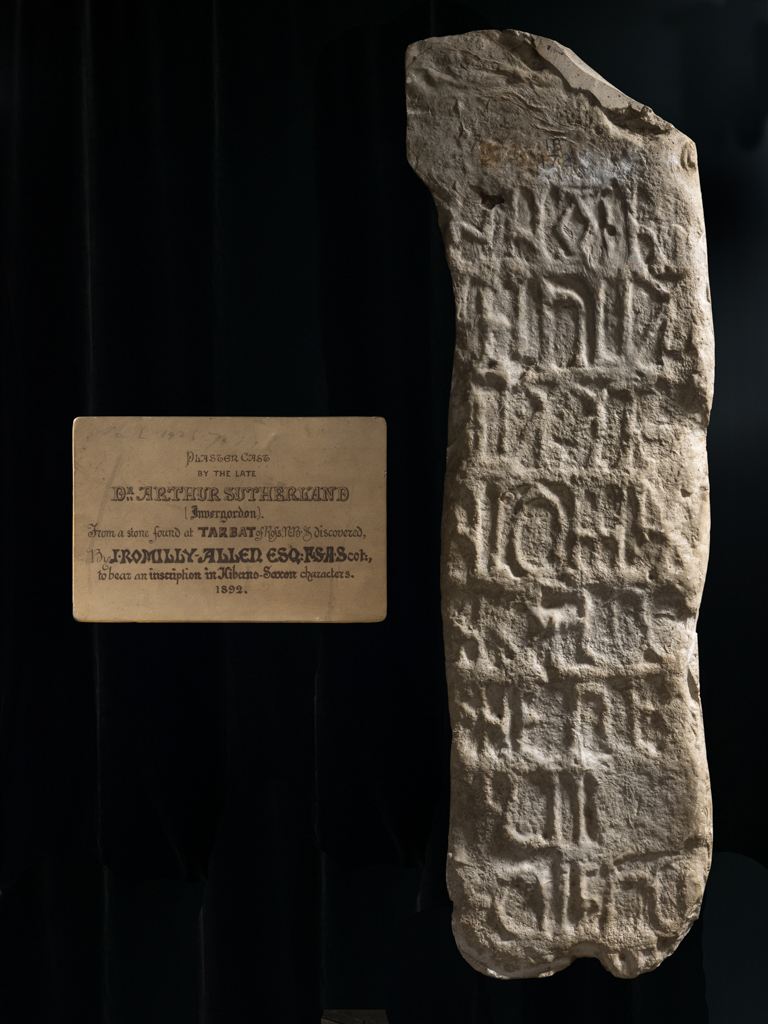
Endorsements for New Futures for Replicas: Principles and Guidance for Museums and Heritage
New Futures for Replicas necessitates an urgent re-calibration of how replicas are considered by museums and presents exciting directions for research, engagement and interpretation of these objects. The guidance is also an invaluable toolkit for enabling museums to apply a much-needed consistency of care to objects which often span diverse collections and disciplines – Gillian Findlay, Interim Head of Museums & Collections, Culture Perth & Kinross
These principles and guidance synthesise and advance our understanding of cultures of copying in heritage practice. They articulate and champion the significance of an element of material (and other) culture. Collections are riddled with replicas – some good, some bad, some ugly – but this this collaborative, multidisciplinary research constitutes an important contribution to the theory and use of replicas in museums. – Dr Sam Alberti, Keeper of Science & Technology, National Museums Scotland and Honorary Professor, University of Stirling
Recent work has highlighted that replicas have an important role to play in the understanding of our historic environment. This guidance shows how we can view their cultural significance and is a helpful addition to aid our decision-making about designating and managing change affecting replicas. – Historic Environment Scotland
This publication sets out the principles that will allow museum professionals to think anew about these objects and how best to protect and display them. Museums should be engaging and impactful spaces and replicas have the capacity to generate curiosity and creativity, to challenge established knowledge, and help us reconsider our relationship with objects and the ways we think about the past. New Futures for Replicas is a timely and praiseworthy effort – replicas have multiple values and this aspect makes them all the more important to protect, conserve, and preserve for all people as a source of enjoyment and learning. – Dr Yannis Galanakis, Director of Archives and of the Museum of Classical Archaeology, Faculty of Classics, University of Cambridge
Replicas have long been a neglected category among museum collections. At the same time they often offer an important perspective on the characteristics and history of collection formation and display over time. As such they are an invaluable and complementary resource to what is often termed ‘original’.
Replicas in particular embody the relationships across museums and institutions, between the original and the copy and between the often different sites of origin, display and research. They often formed the ideal means to disseminate information away from the historical original and therefore embody the many stranded relationships objects have.
This special category of ‘linked objects’ therefore warrants research that also crosses institutions, museums and borders. The principles and guidelines offered in New Futures for Replicas form a useful basis/tool for directing new research and conservation questions and contribute to an overall re-evaluation of this category of objects. For museums in particular this could help making replica’s more visible and an integrated, valued and functional part of their collections and (online) catalogues. – Lucas Petit, Head of Collections & Research, National Museum of Antiquities, Leiden
Replicas play a fundamental role in preserving and recreating object forms, informing and inspiring audiences, and enabling interpretation often not possible with the original objects. Once considered fragile, outmoded and at times space hungry, they are new recognised as important records with their own histories and an ability to communicate to new audiences. These clear Principles and Guidelines will endorse their promotion from ‘secondary’ artefacts to objects which sit at the right hand of the originals, and at times replace them. – Dr Mark Redknap, Deputy Head of Archaeology Collections & Research, Amgueddfa Cymru – National Museum Wales.
We welcome further endorsements, as well as feedback on the guidance and how you apply and adapt it for your own purposes. Do please contact us!
Image: © Doug Simpson, by kind permission National Museums Scotland
